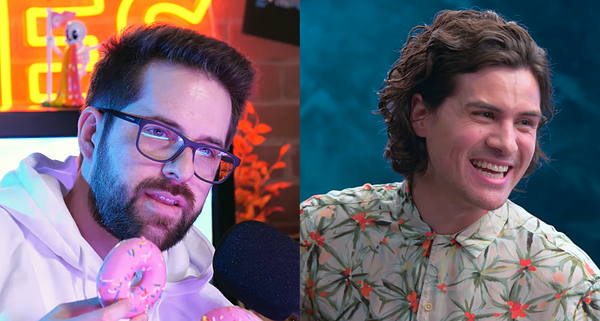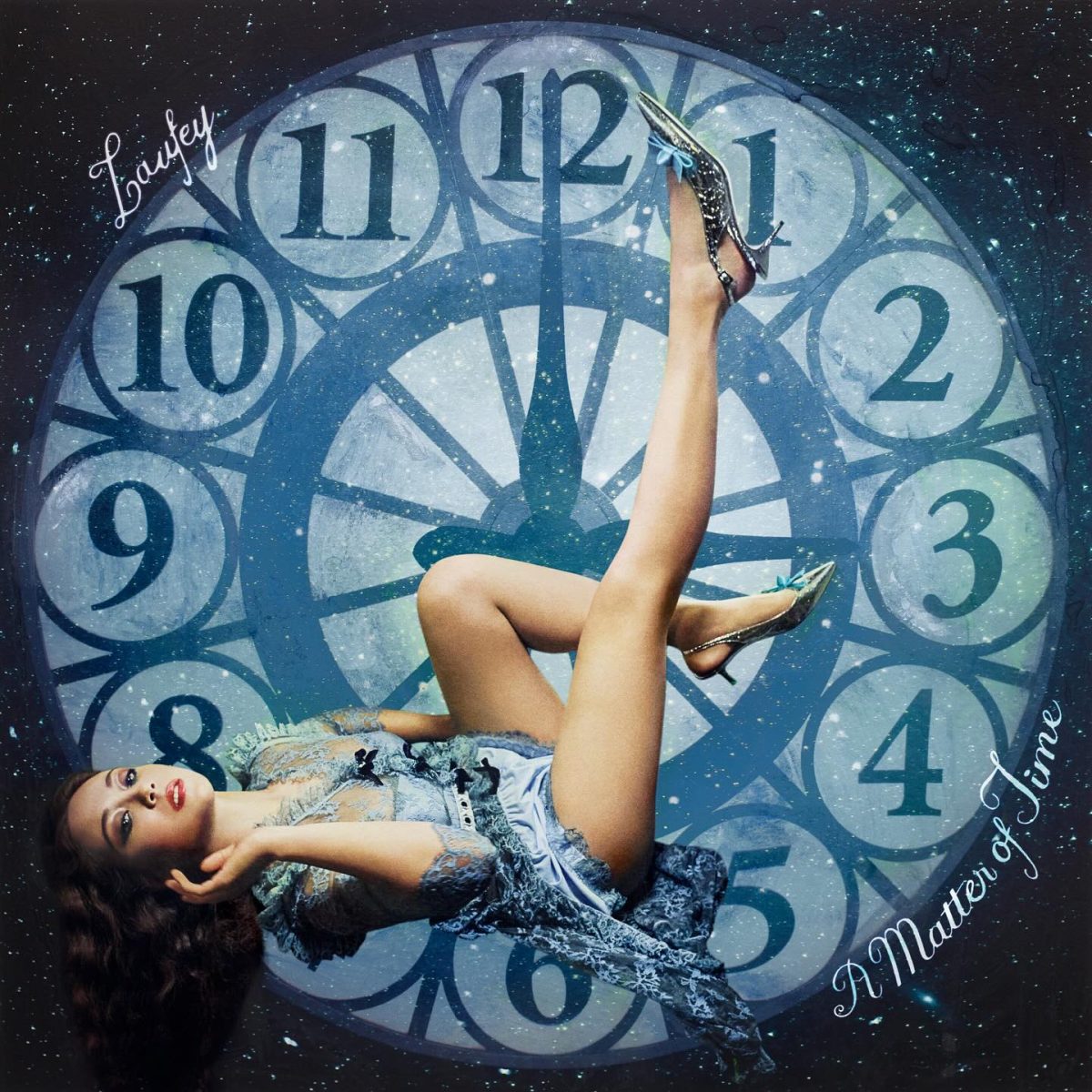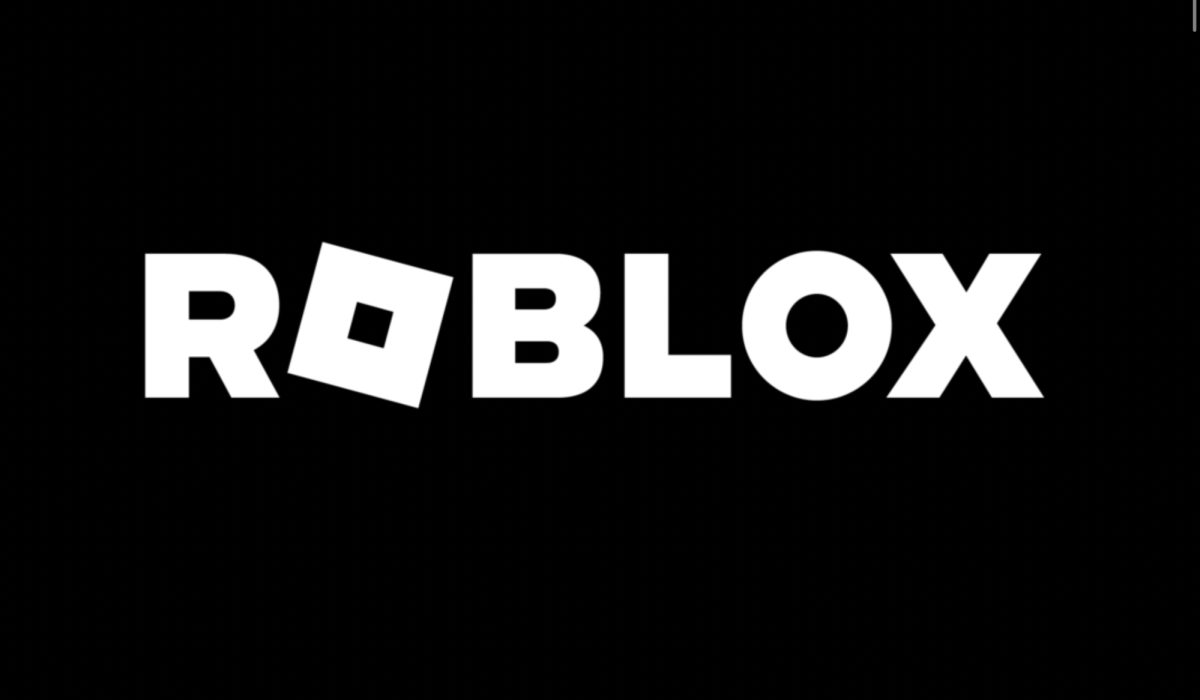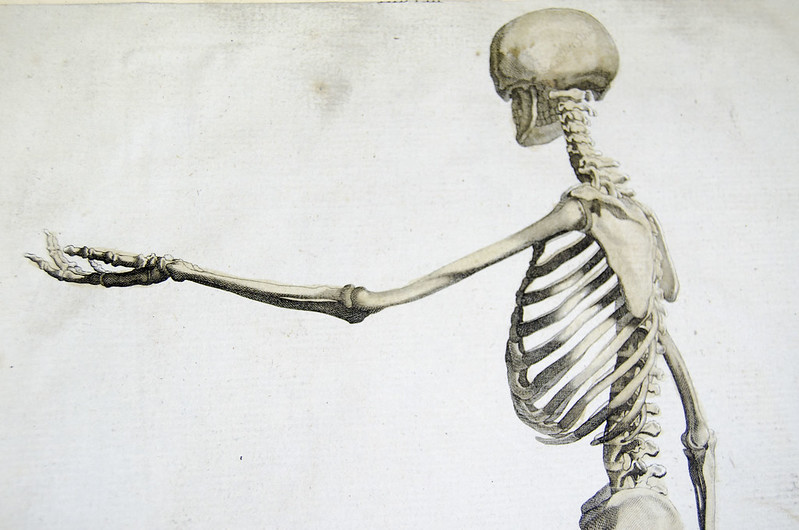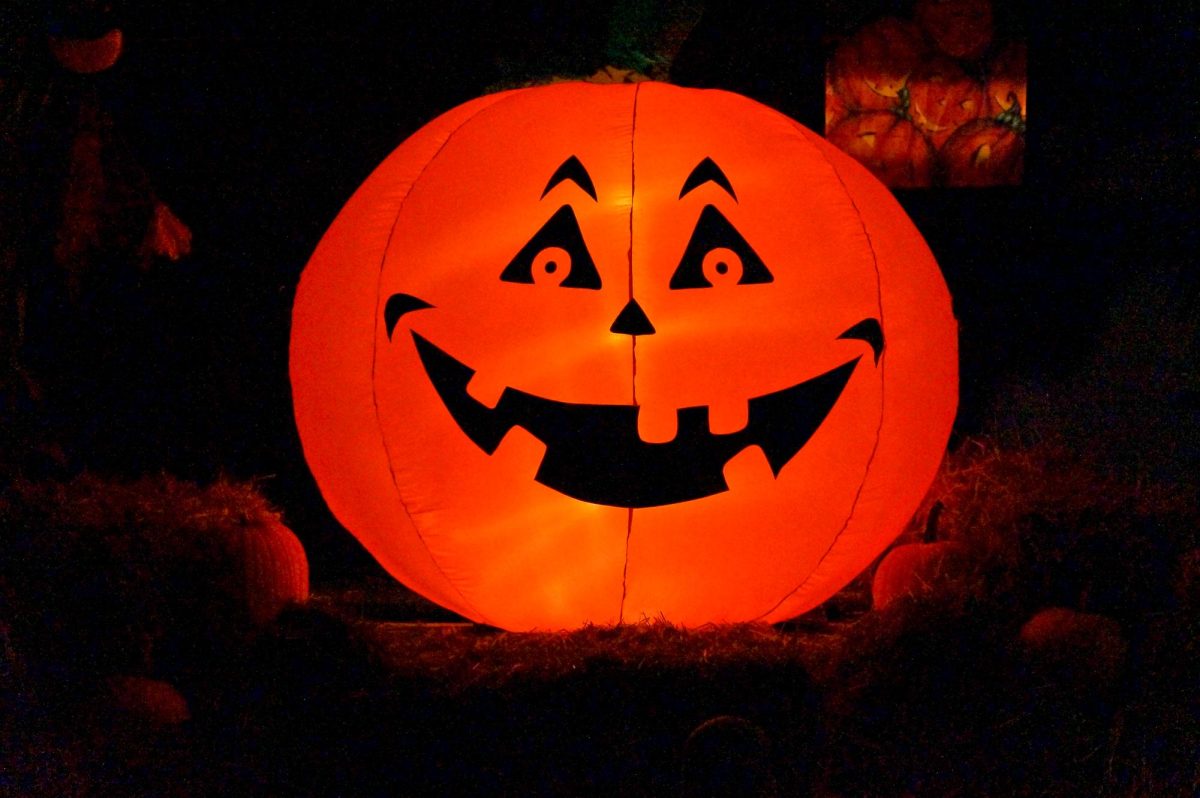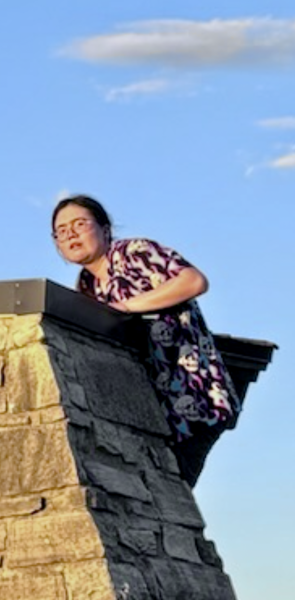When I was but a wee lad, I was utterly terrified of the undead. Zombies, ghosts, ghouls of all sorts—even vampires, which aren’t especially scary in modern day depictions—had me quaking in my tiny little boots. I would absolutely flip out whenever they showed up in shows, books, movies—you name it.
All this is to say that Paranorman, a movie centered entirely around claymation zombies, scared the ever-loving CRAP out of me when I watched it at the tender age of six. I was petrified from start to finish, but the fear didn’t stop the credits rolled. That movie haunted me for weeks, with strange claymation lurking in every shadow of my imagination. It terrified me.
One might take this as a good reason to believe that the media that children watch should be more closely restricted. That I shouldn’t have been allowed to watch Paranorman, that such a movie shouldn’t have been rated PG, that children’s media shouldn’t be allowed to inspire such fear. I, however, believe the contrary. Paranorman scared me, yes. But it also made me think, and through that thought, I learned to overcome that fear. More than anything, the goal of children’s media should be to make kids think—and if it makes them think because it haunts their waking nightmares, it’s still accomplishing that goal.
To be clear: I am not advocating for children to be exposed to extreme horror, or anything of that sort. I simply believe that creators of children’s media should be less preoccupied with whether or not their story is too scary for kids and focus more on creating an interesting thing for them to engage with.
A prime example of this is Neil Gaiman’s Coraline, which was initially considered unpublishable as a children’s book. And if you’ve read the book, perhaps you can see why! It’s a creepy book! So creepy that Gaiman’s literary agent, Merrilee Heifetz, initially told him that it could never be published in the children’s market.
But if you’ve read it, you also know that it is a very good book—something that even small children can recognize. Gaiman told Heifetz to read Coraline to her daughters, and ask them what they thought. Heifetz said that her daughters told her they weren’t scared at all, and that they absolutely loved it. Years later, at the opening of Coraline’s musical adaptation, Heifetz’s youngest daughter told Gaiman that she’d lied to her mother all those years ago. According to Gaiman, she said, “I was terrified. But I needed to find out what happened next. So nobody knew.”
That! That, right there! That is the hallmark of a truly excellent work of literature, and depriving children of it simply because it’s a work of horror is a gosh-darn shame.
Coraline is among legions of excellent “challenged” books—books that someone has attempted to ban from curriculums or libraries—simply because it’s considered too scary for the age group it was written for. Such attempts at censorship often come from a place of misguided concern, but ultimately deprive children of having valuable, thought-provoking experiences.
I understand the temptation to try and shield children from unnecessary distress. But the fact is that one day, all of us are going to experience some kind of intense, inescapable fear. Most of us already have. With life comes fear, so the best thing we can do is prepare kids to deal with that. Scary stories provide a way for kids to experience, process, and discuss fear in a way that is removed from their lives, so they can begin learning how to properly process it.
In other words, children’s horror is so vital because it’s scary in a way that makes children think. And as an extension of that, it’s scary in a way that teaches them how to be brave.










